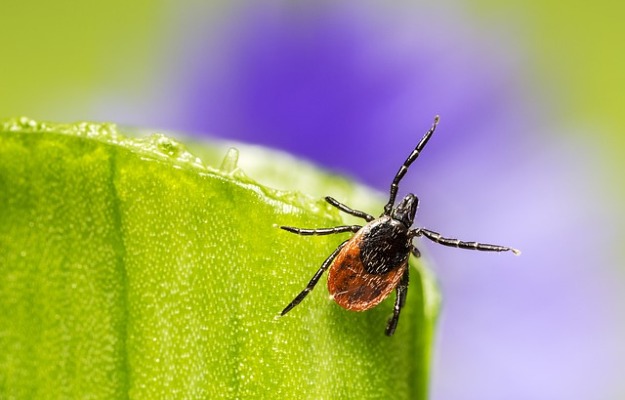Tapeworms are intestinal parasites. They are flat and segmented. Adult worms can be as long as one foot. There are several different species of the parasite, but the most common one is Dipylidium caninum. Dogs get tapeworms through transmitters such as fleas - dogs can ingest them accidentally while licking their paws and grooming themselves. Less commonly, rodents and rabbits are transmitters as well. Such cases are restricted to dogs that are used for hunting.
Tapeworms latch on to the small intestine and gradually grow in size - adult tapeworms can grow up to 30 centimetres. Their body grows into segments called proglottids. The proglottids break off and pass in the stool of the dog. These can sometimes be seen and look like rice grains, or little specks of white in the stool. Occasionally, proglottids can be seen moving around along the dog’s anus. Eventually the proglottids will dry and burst and release as many as twenty eggs each. Fleas can ingest the eggs and if a dog eats the flea, it can get tapeworms.
Tapeworms don’t usually cause health issues. In some cases, however, there can be gastrointestinal issues and diarrhoea in dogs. In younger dogs, the infestation can be more serious. It can lead to anaemia, stunted growth and intestinal blockages. The dog may drag its bottom across the floor to relieve itchiness or chew around the anal area. If you notice this behaviour often, or if stool appears to have white specks, pay your vet a visit. Your dog dragging its bottom across the floor can signal a bigger issue such as anal sac disease in dogs as well.
Treatment for tapeworms is simple and effective. Your vet will recommend a pill or injection for deworming in dogs, to dissolve the worm or worms. These drugs are well-tolerated and do not usually cause side-effects. To prevent a recurrence, flea control methods should be implemented. Transmission to humans is rare. Again, the carrier (mostly likely fleas) needs to be ingested directly. It happens more commonly with children. Washing your hands after playing with your dog is an effective preventive step.
Read more: What to do if your dog has fleas



























